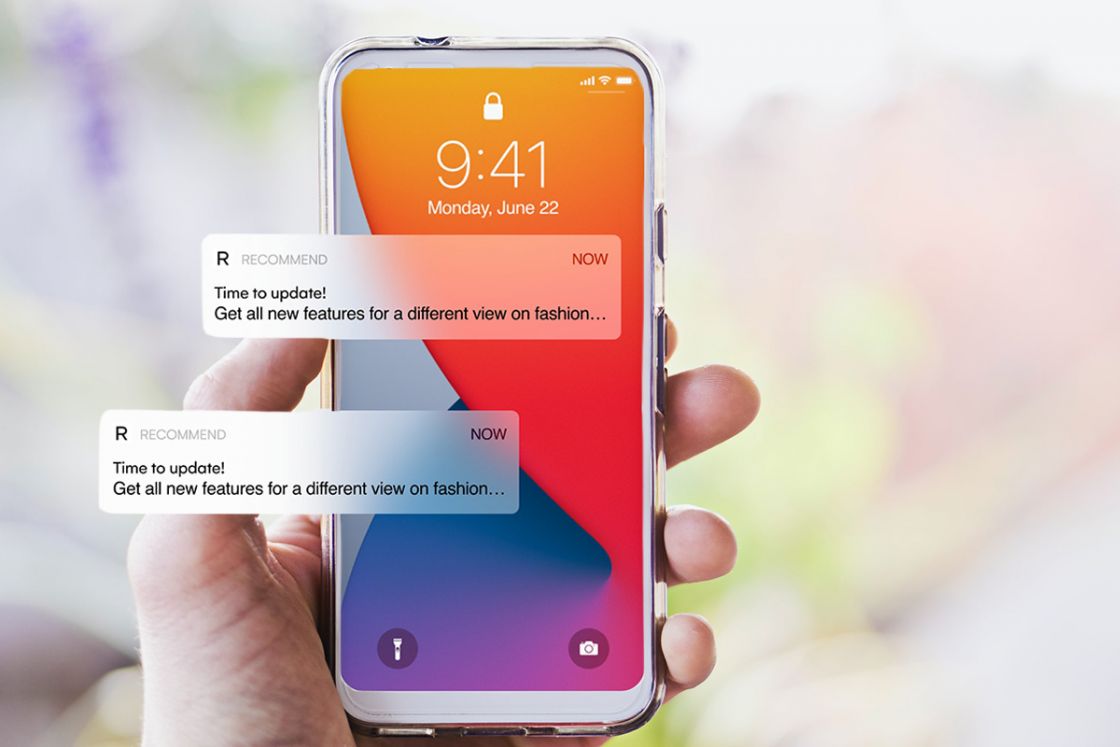Transactional Email Strategy for your eCommerce

Every email sent to your clients is an opportunity to engage with them. However, transactional emails seem to be the last resource from some companies. These communications are treated as the last-minute option to try to save a purchase, nothing further than that. Transactional emails are an excellent opportunity to add value and generate additional sales.
What is a transactional email?
It’s an automated message send it to a client after purchase. These emails contain information related to the transaction, delivery time and other details. The communication with the client is 1:1, while promotional emails are sent to a group of users.
There are four types of transactional emails:
Cart abandonment:
According to research by the Baymard Institute, the cart abandonment rate is close to 70%, being the eCommerce website the most affected by this behaviour. What can you do to prevent this situation? Besides, improving your checkout process, you should send a transactional email immediately after to remind the customer about the items left in the cart. Also, including incentives is an excellent way to bring back the client to your site.
Order confirmation:
Here’s when the power of cross-selling can be useful. A confirmation order emails are –literally– that: a notification about the successful completion of your transaction. But don’t rush things. To avoid being annoying, wait for 12-24 hours to send this message, showing related products or services to complement the items already purchased.
Delivery confirmation:
This email works similar to the order confirmation. In this case, the customer is excited and waiting for the products to be delivered. Instead of keep offering things to buy, why not invite them to buy a gift for someone else? However, taking the chance to do some cross-selling is effective most of the time.
Feedback email:
Soliciting feedback can be as simple as sending a survey or a single question about the customer’s shopping experience. You’ll want to send these requests after a customer has presumably received and used the product they ordered. What about those who aren’t happy? Follow-up is essential here—first to prompt a response and next to figure out how you can improve the experience for future customers.
The role of personalisation
Only 3 out of 10 visitors complete a purchase. However, there’s a simple action that can turn that number around The transactional emails. The objective is to recover lost sales. If customers add items to their cart and leave without checking out, be sure to follow up via email.
Thanks to Recommend.pro you can decrease your cart abandonment rate and recover those customers by sending them personalised emails. Access pre-designed email templates at your fingertips that are ready to go. Tailor several abandonment emails with specific triggers and high impact content.
However, keep your promotional content limited in these emails. There are several reasons for this: You don’t want to be landing in the spam folders or having legal issues with your clients. If your clients feel that you are taking advantage of them, they will mark your communications as spam, affecting your overall results.
When it comes to legal issues, the transactional emails are content that facilitates an already agreed transaction or updates a client on an ongoing purchase. Any information that can be regarded as false or mislead shouldn’t be included to avoid legal repercussions.
Don’t spam your customers, give them value
Instead of looking for quick wins with overly promotional tactics, use your transactional emails as a strategic move. Think about how you can improve the customer experience and how can you strengthen your relationship with your customers. It might not generate a sale right away, but it will be effective and results-driven in the long term.


